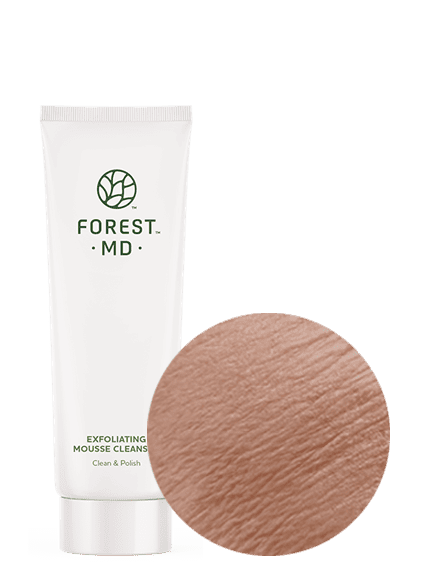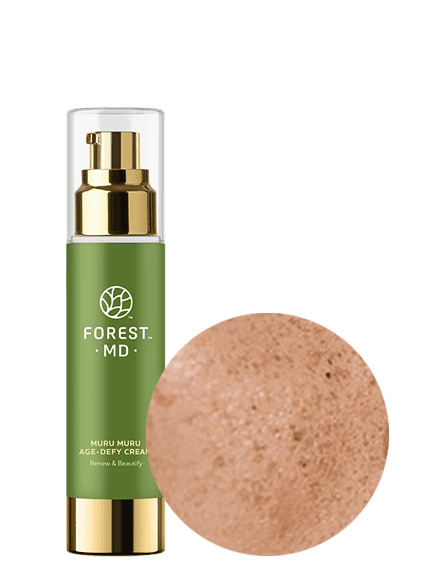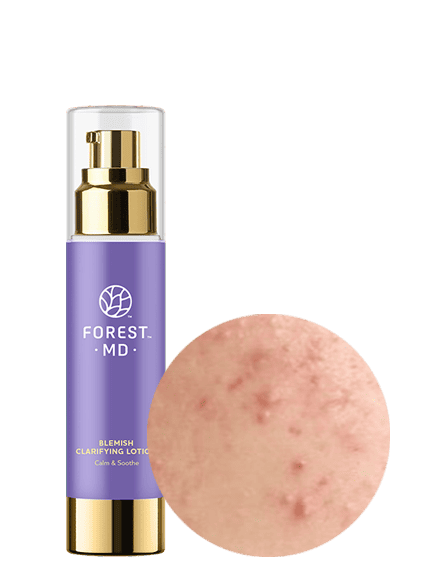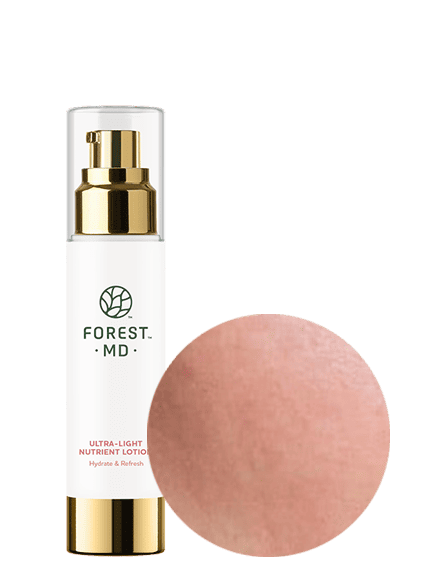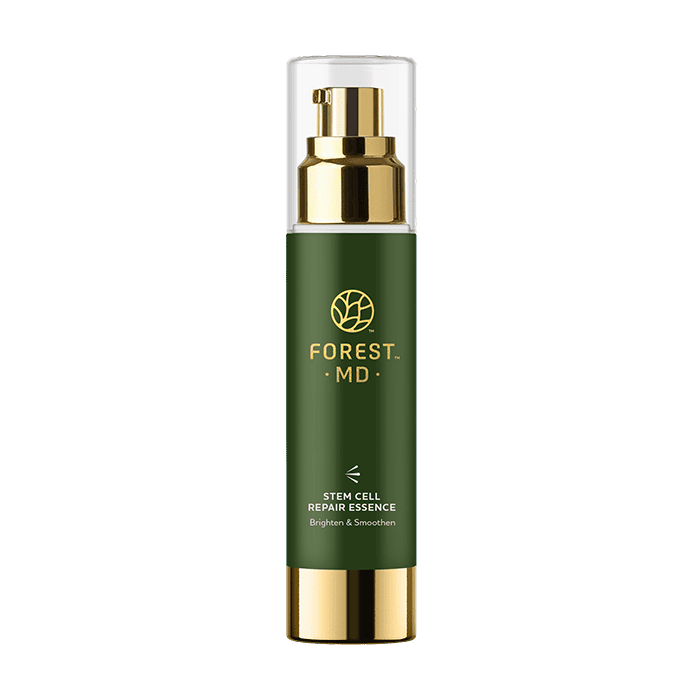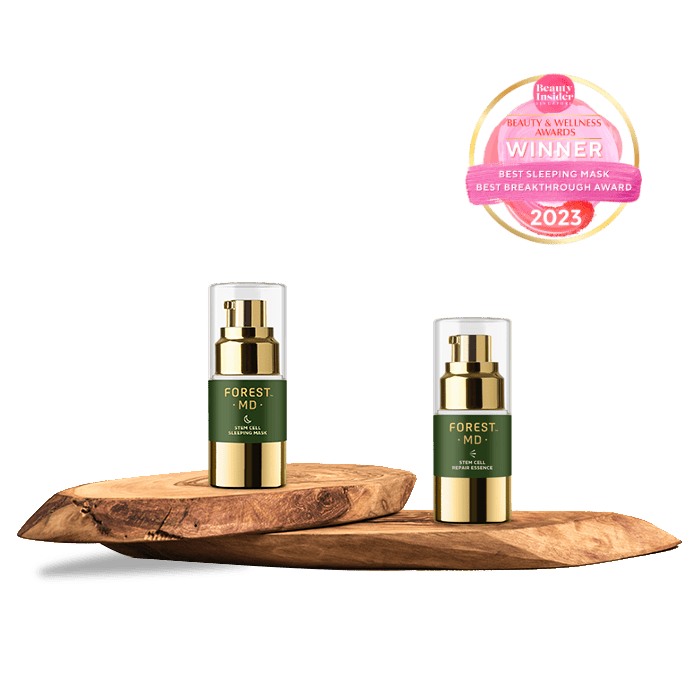Debunking the Myth of Face Oils
Home >
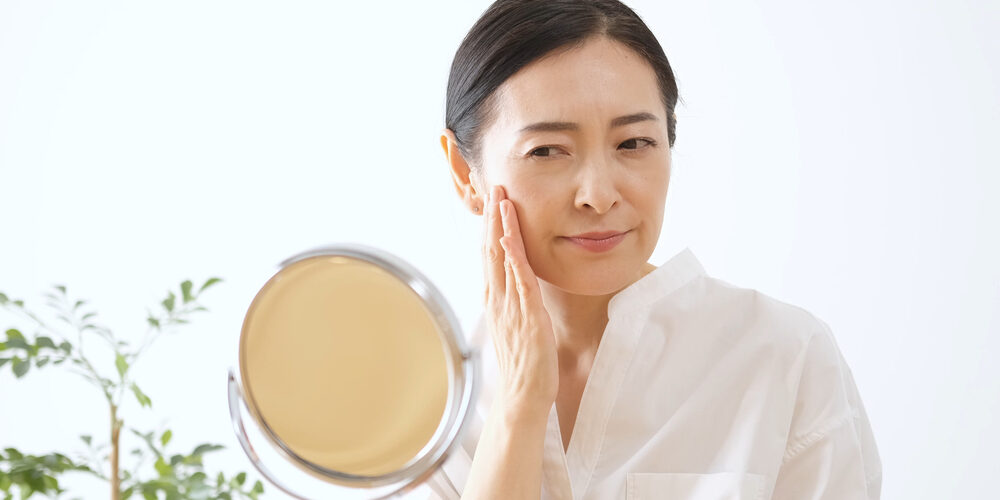
Face oils often get a bad rap, labelled as pore-clogging, too heavy, or unsuitable for tropical climates and younger skin. In reality, oily skin often signals dehydration beneath the skin surface, leading to excess sebum production that clogs pores.
The Truth About Face Oils
Not all face oils are created equal. They are rated 0-5 on how likely they are to trigger comedones (oil seeds) and irritation, with 0 being the best score. Look for face oils with comedogenic ratings of 2 or less. Some good examples are camellia, calendula, jojoba and sweet almond oils, all rated 2 and below. They are potent plant oils that complement our natural skin with hydrating, anti-inflammatory, anti-bacterial and anti-ageing benefits.
Who Does It Work For
Most people 30 years and above can benefit from a face oil when the skin starts drying out from age-related loss of hyaluronic acid and collagen. Face oils are safe for dry, dehydrated and sensitive skin, as long as it’s not breakout-prone.
Often, the underlying reason for oily skin, if not for raging pubertal hormones, is dry skin! The skin over-compensates for the innate dryness by producing more oil, leading to shiny-looking skin, clogged pores and breakouts. Apply a face oil to lock in the moisture, and signal to your skin that there is sufficient hydration and protection – oil glands then calm down for more stable skin. If your skin is oily and breakout-prone due to puberty or hormonal changes, then face oil is not for you.
For those travelling and living in temperate areas, the low humidity in the planes and cold climates can lead to dry and dull skin. Be ever ready for your holiday and touch down with a glow, just by using a simple blend of serum and a few drops of face oil while onboard.
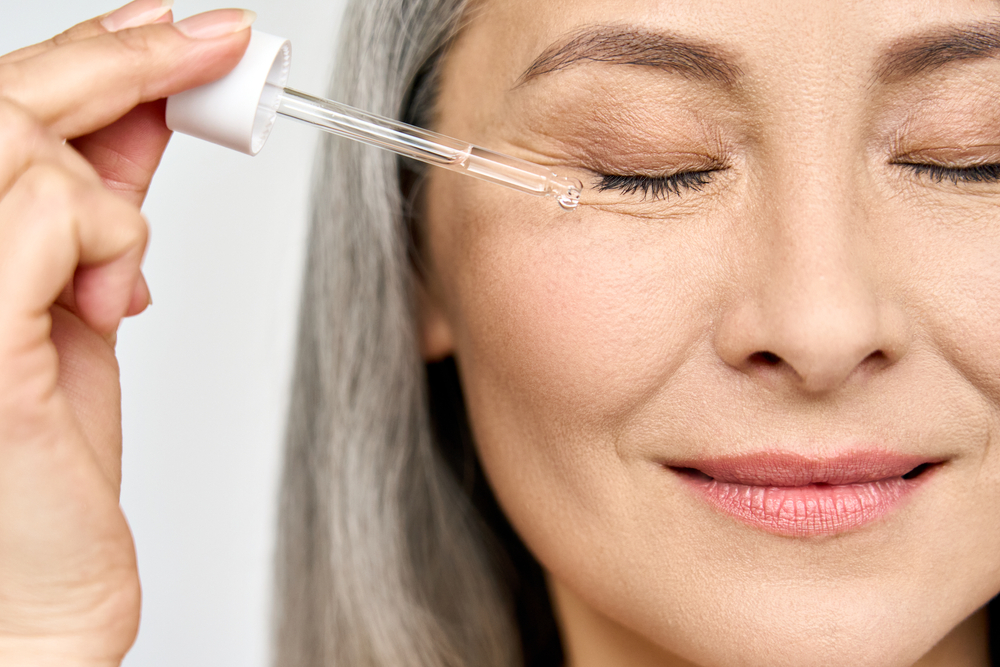
How To Use Face Oils
The general rule of thumb in applying face products is to layer products from the lightest to the heaviest, from the most watery consistency to the creamiest.
We recommend mixing just 2-3 drops of your chosen face oil into your toner or serum and using this as your base. Layer over with your moisturiser and sunscreen in the day or an overnight mask and moisturiser in the evening.
Using a face oil neat on the face should be reserved for the driest of scaley cracked skin and over problematic spot areas, such as eczema.
Our Recommendations
If your skin is dry and sensitive, add a face oil containing jojoba and squalene (Forest MD’s Intensive White Lotus Oil) to your toner. This creates a moisture sealant, soothes irritated and dry skin, and gives additional healing and repair effects.
If you’re breakout-prone, skip the oil and use a lightweight serum containing tea tree (Forest MD ‘s Blemish Clarifying Lotion) or niacinamide (Forest MD’s Asta Collagen Jelly Serum).
Face oils soften the skin, deliver nutrients and act as sealants. They are only hydrating when used on damp or wet skin, so our doctors advise combining it with Forest MD’s Hydrating Soothing Essence which helps prep your skin for optimal absorption. Once incorporated into your skincare regimen, you’ll notice a marked improvement in your skin’s texture and radiance.
-
 Asta Collagen Jelly Serum$78.00 – $150.00
Asta Collagen Jelly Serum$78.00 – $150.00 -
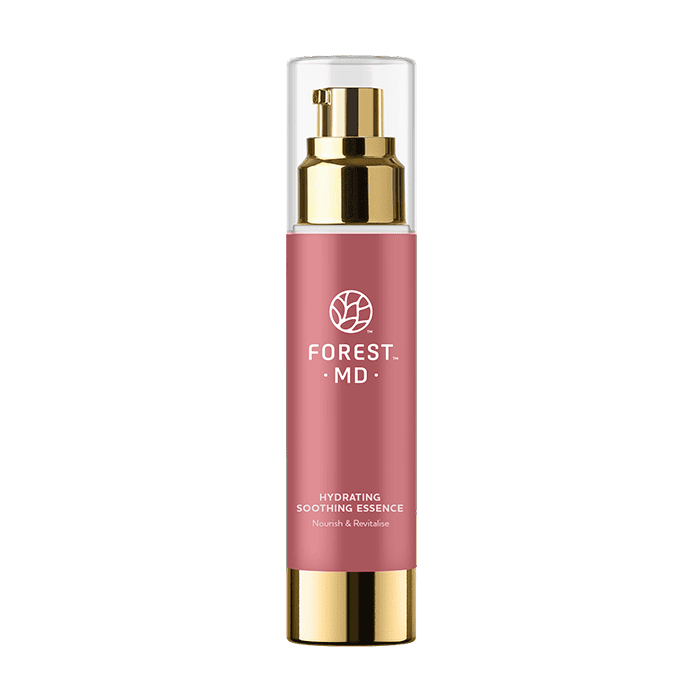 Hydrating Soothing Essence$65.00 – $118.00
Hydrating Soothing Essence$65.00 – $118.00 -
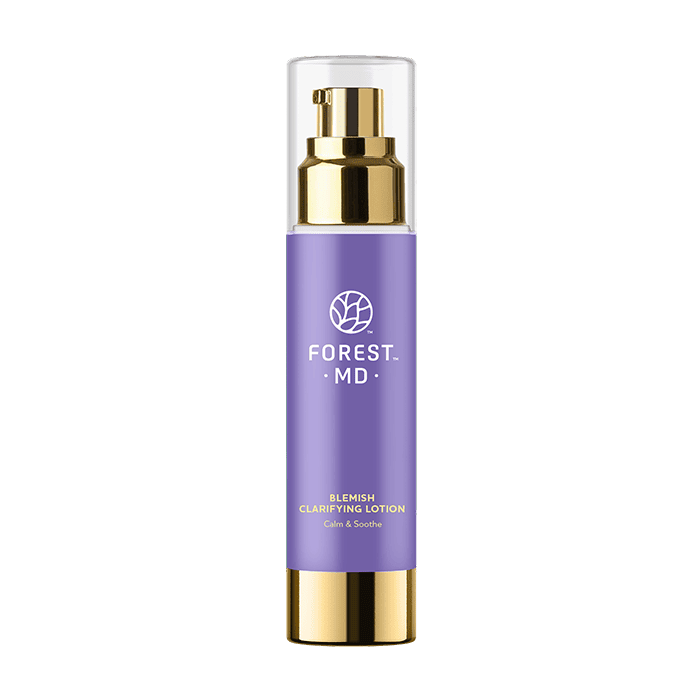 Blemish Clarifying Lotion$140.00
Blemish Clarifying Lotion$140.00 -
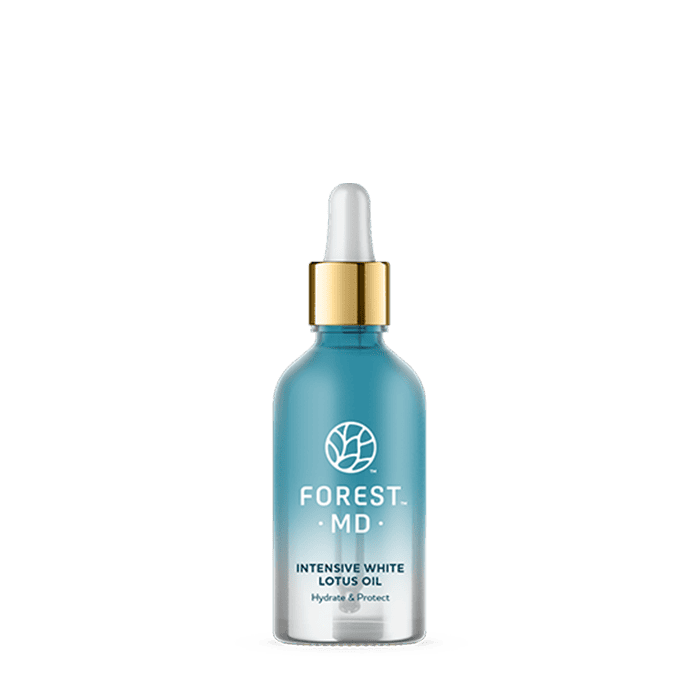 Intensive White Lotus Oil$185.00
Intensive White Lotus Oil$185.00
Best Sellers
Need some skincare advice?
Book a Free Skin Consultation to find out more
Shop the Range
Shop by Concerns
Apple Stem Cell Series
Hailed by Vogue magazine as a “super-apple” and “the fountain of youth”, the Uttwiler Spätlauber apple from Switzerland is known for its extraordinary ability to stay fresh without shrivelling.
More Skin Care Tips & Articles
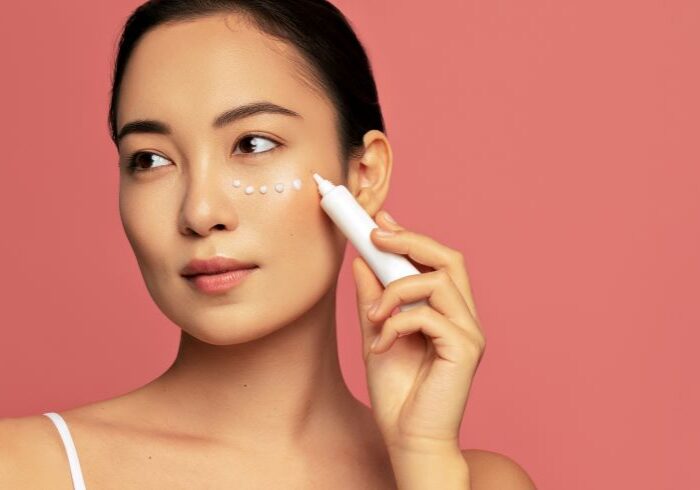
3 eye cream mistakes you don’t want to make
Eye cream is a must to protect the delicate skin around your eyes. Apply a little to your crow’s feet and voilà – you’re done, right? Wrong. Make sure you’re not making one of these common application mistakes.

Teenage Tweenage Skincare
A good basic skincare routine makes for cleaner and calmer skin while navigating through the raging hormones of growing up.

How to Safely Fix Common Skin Concerns If You’re Pregnant
It’s tough enough being pregnant and dealing with all the hormonal and physical changes this brings. You don’t need the added stress of worrying if your skincare is safe for your little one. Let us help with some quick tips on the dos and don’ts of pregnancy-safe skincare!

Skincare Basics
Skincare is overwhelming. The sheer number of products available will confuse even the most beauty-savvy consumer.
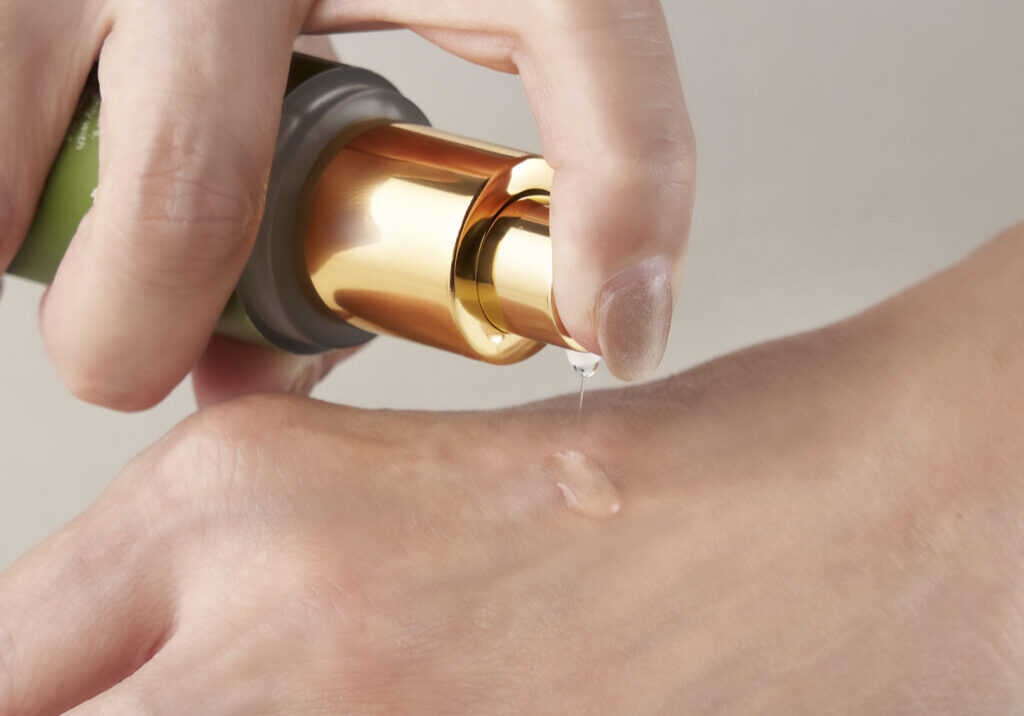
The Forest MD Touch
With our latest rebranding to Forest MD, we are pleased to share the few changes that we’ve implemented based on what we hear on the ground.

Top Anti-ageing Skincare Tips
Ready to turn back the clock and achieve the skin you’ve always dreamed of? It’s never too late to start taking care of your skin, and with these anti-ageing tips, you can keep your skin looking youthful, radiant, and full of vitality for years to come. Discover the secrets to healthy and glowing skin as we share our top anti-ageing tips that are simple, effective, and easy to incorporate into your daily routine.

Best Ingredients For Glowing Skin
When it comes to achieving glowing skin, the right ingredients can make all the difference. As we age, maintaining a youthful and radiant complexion becomes a challenge. The gradual decline of collagen, a vital protein responsible for firm and smooth skin, can result in the appearance of fine lines, wrinkles, and sagging. However, there is…
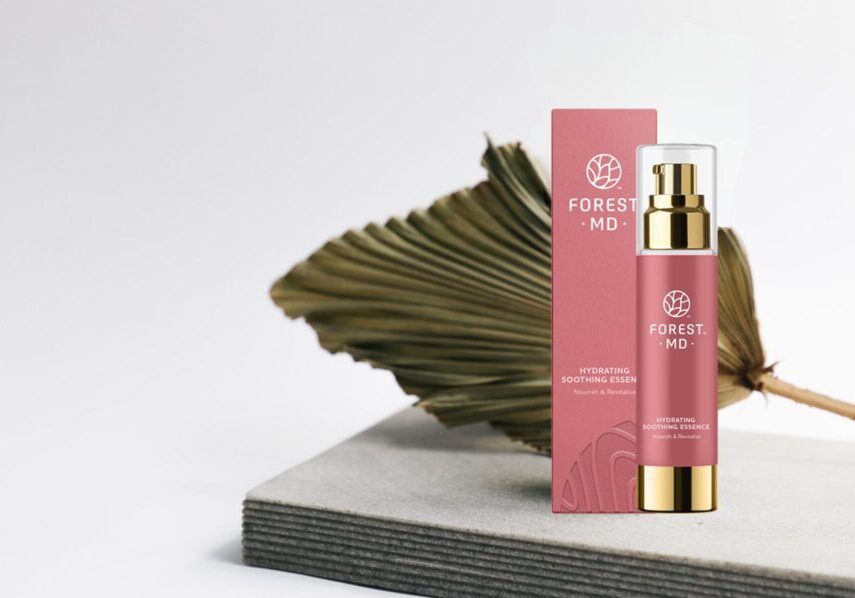
Niacinamide: The Key to Radiant Skin
Why Niacinamide is a Must-Have: When it comes to skincare, niacinamide (Vitamin B3) stands out as a multipurpose and powerful yet gentle ingredient that can effectively address a wide range of concerns. Its anti-inflammatory properties help reduce redness and promote skin recovery. Niacinamide works wonders in refining texture, minimising pores, regulating oil production, and evening…
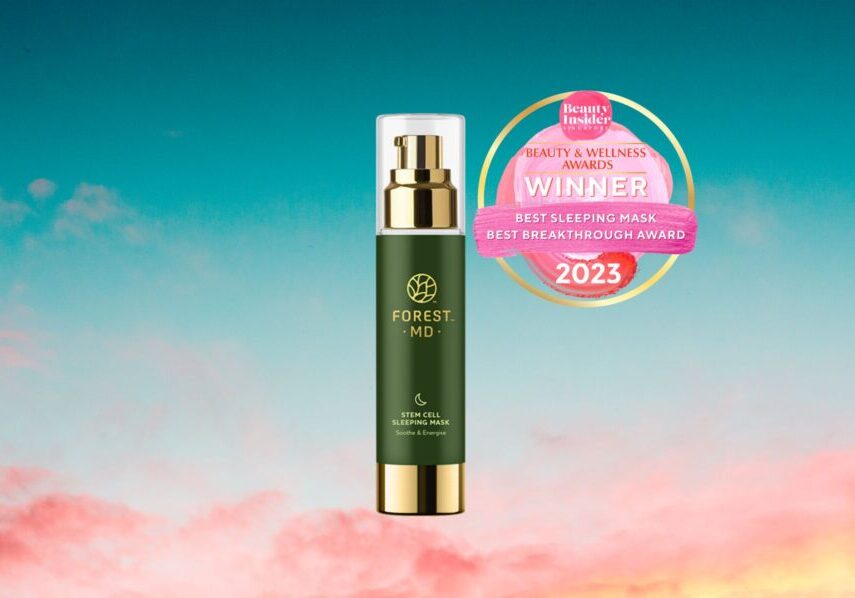
Winner of Best Skincare 2023, Best Sleeping Mask & Best Breakthrough Award by Beauty Insider
Powered by stem cells from rare heirloom Swiss apples, Forest MD Stem Cell Sleeping Mask is more than just a skincare product—it’s a multipurpose solution for your skin’s needs. This refreshing gel is an anti-ageing serum, soothing mask, hydrating overnight treatment, and eye treatment gel all in one!
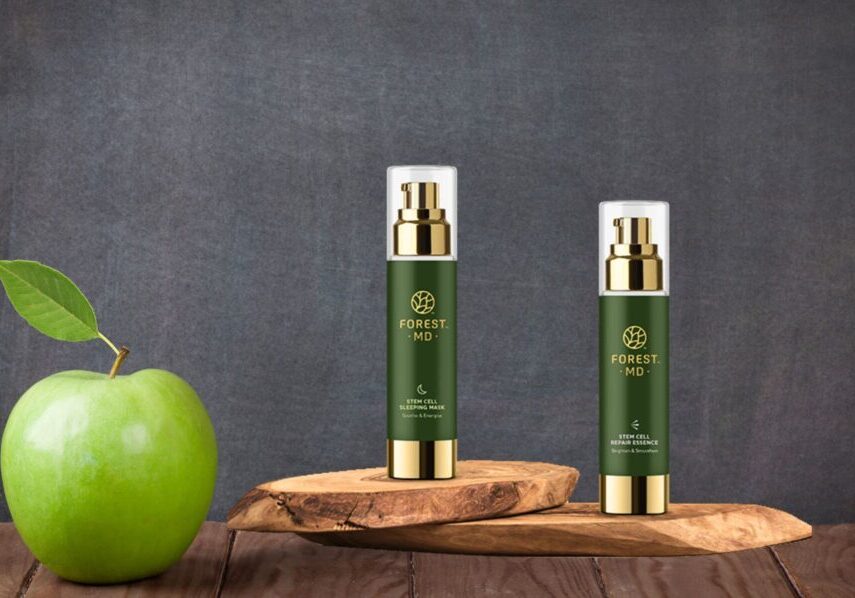
Stem Cells in Skincare and the Power of Stem Cell Sleeping Masks
Stem cells have garnered significant attention in the skincare industry for their potential in rejuvenating and improving skin health. We explore the frequently asked questions surrounding stem cells in skincare and introduce the concept of stem cell sleeping masks. Discover the numerous benefits of harnessing the power of stem cells to combat ageing while promoting…
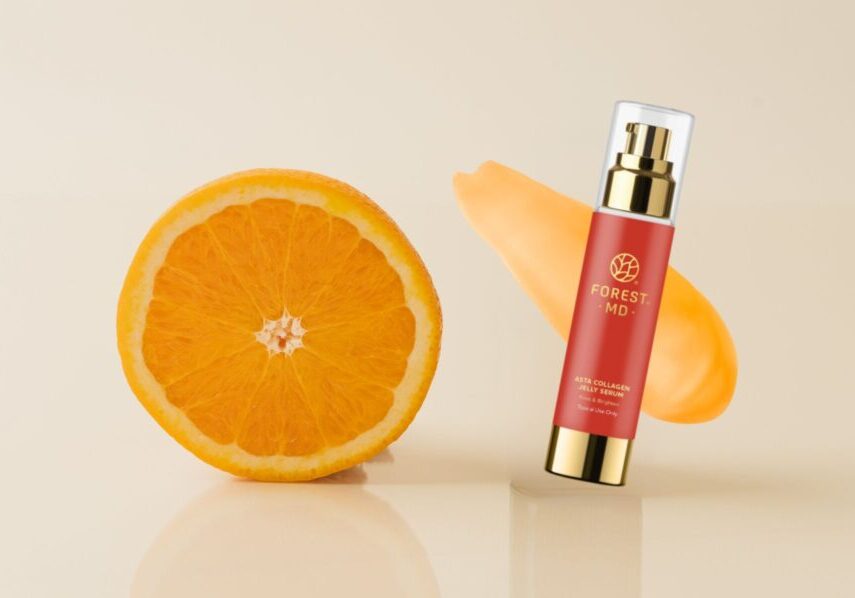
Glow Up with Vitamin C: The Skincare Must-Have for a Dazzling Complexion
Vitamin C is a remarkable addition to the world of skincare, offering benefits that contribute to a glowing and youthful complexion. We explore the power of Vitamin C and how this potent ingredient holds the secret to achieving a radiant and flawless appearance, making it a valuable asset in your skincare routine. The Power of…
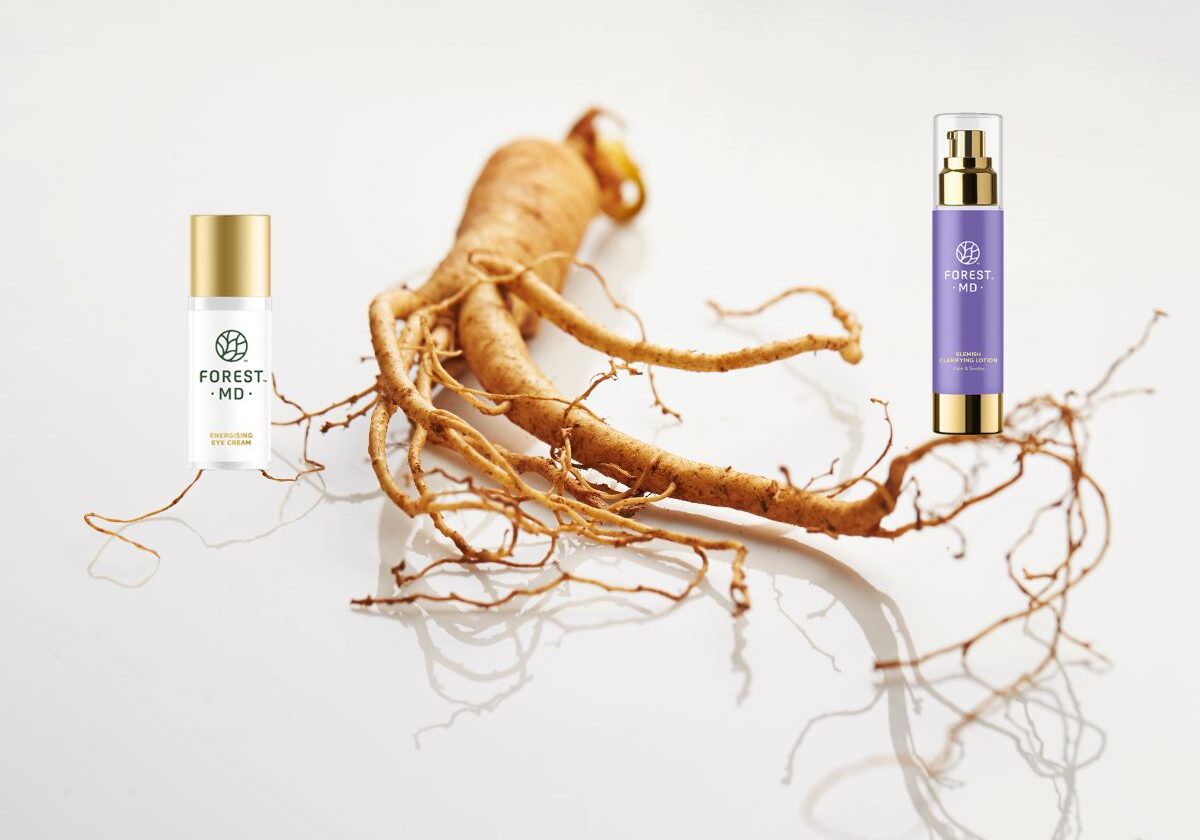
Timeless Beauty With Ginseng
In the world of skincare, nature often holds exquisite solutions, and one such marvel is Panax Ginseng Root Extract. Derived from the roots of the Panax ginseng plant, this traditional medicinal herb is widely used in cosmetics for its potential skincare benefits.

Jet-Set Glow: How to Look and Feel Your Best While Travelling
Introduction Whether travelling for leisure or business, the stress of getting to meetings or making connections can add to the toll. Skin breakouts, digestive discomfort, jet lag, and fatigue can arise due to climate changes, recycled air on planes, disrupted eating, and just plain exhaustion. These challenges often lead to dehydration and inflammation which if…

Things I wish I knew about skincare before I turned 50!
Hydration is Key: In my 50s, maintaining optimal hydration has become paramount. I focus on replenishing my moisture levels, revitalising my skin’s natural resilience, and diminishing the appearance of fine lines and wrinkles. I’ve experienced the transformative power of well-hydrated skin, radiating with a healthy glow. Retaining Moisture: The estrogen decline during this phase can…

A Guide To Pregnancy-Safe Skincare
The 10-month journey of pregnancy is a monumental experience that comes with its highs and lows, and often with tricky-to-navigate issues. Skincare is one of them. Changes in our skin can begin from as early as the first trimester when our hormones start readjusting. The “pregnancy glow” does not happen for every woman and usually…
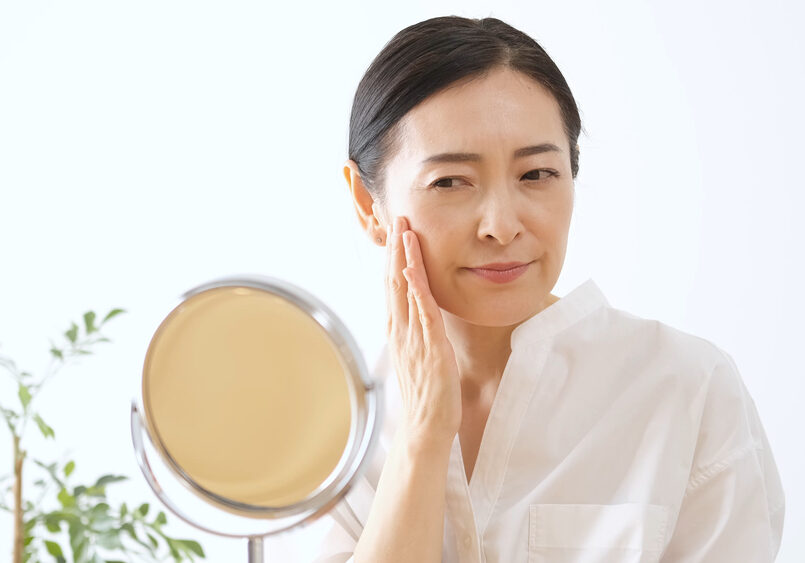
Debunking the Myth of Face Oils
Face oils often get a bad rap, labelled as pore-clogging, too heavy, or unsuitable for tropical climates and younger skin. In reality, oily skin often signals dehydration beneath the skin surface, leading to excess sebum production that clogs pores. The Truth About Face Oils Not all face oils are created equal. They are rated 0-5…

Wake Up to Radiance: How Sleeping Masks Are Changing Skincare
If you’ve yet to benefit from an overnight mask, here’s what you’re missing out, according to Dr Isabelle Yeoh. The WHAT A sleeping face mask is a convenient and effective way to replenish your skin, acting like a mini-skin reviver. Among the numerous options available on the market, a common issue is the lack of…
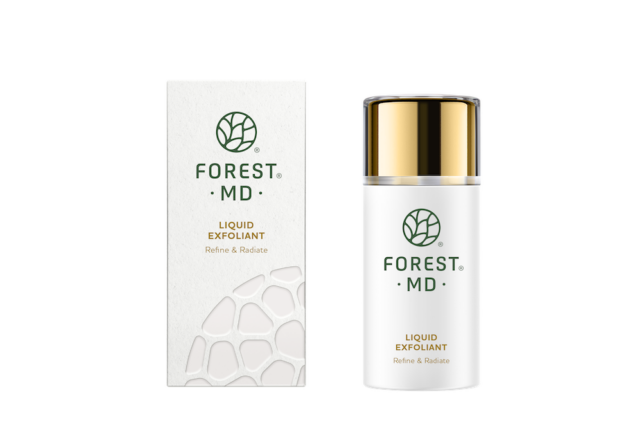
Forest MD Introduces The New Liquid Exfoliant
Clear, smooth skin begins with clean skin. And one way to achieve that translucent, luminous clarity is through regular gentle exfoliation. Many DIY exfoliants scrub, slough or peel away dead skin cells and clogged pores with some form of friction. Sensitive and combination skins often suffer under these harsh exfoliation techniques. So, our doctors at…

Why a Good Cleanser is an Absolute Must for Clear, Healthy Skin
It’s easy to overlook the importance of a good cleanser when faced with the allure of cheaper drugstore options. However, a high-quality cleanser does much more than clean your face—it sets the stage for the rest of your skincare routine, ensuring your skin remains healthy, balanced, and receptive to other treatments. While saving money with…

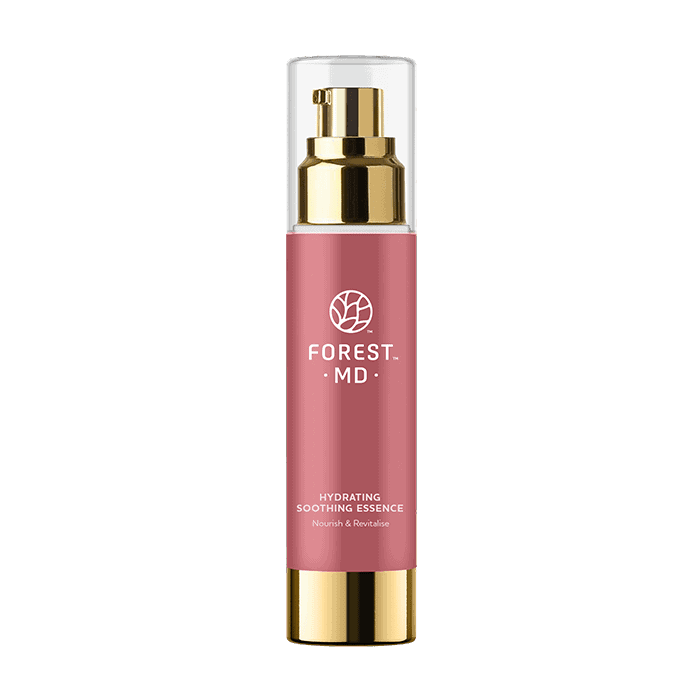
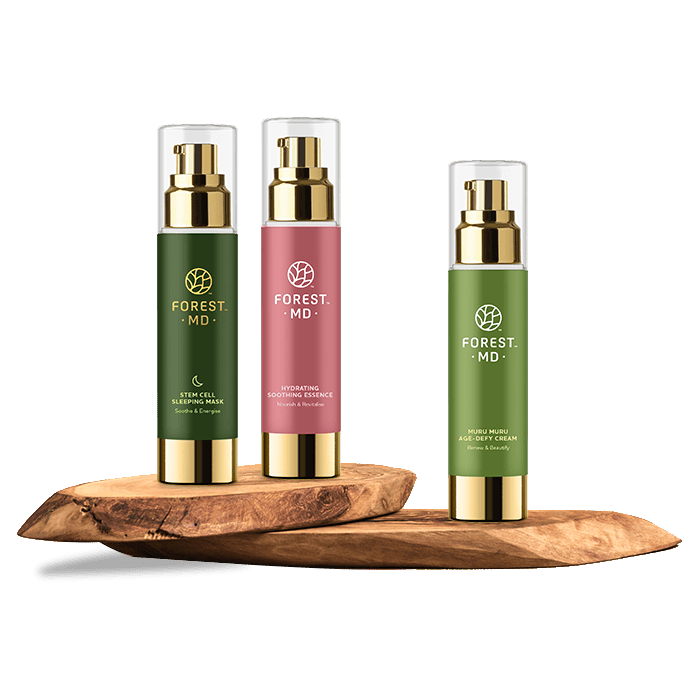
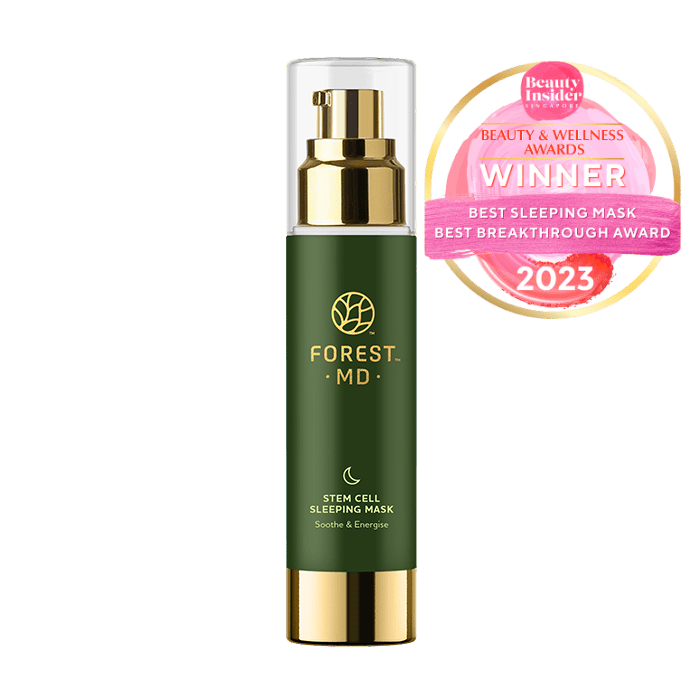
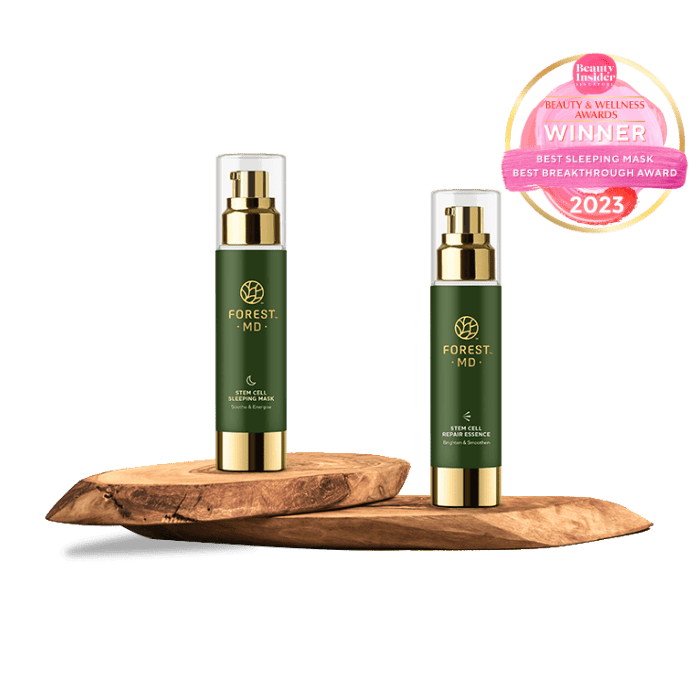
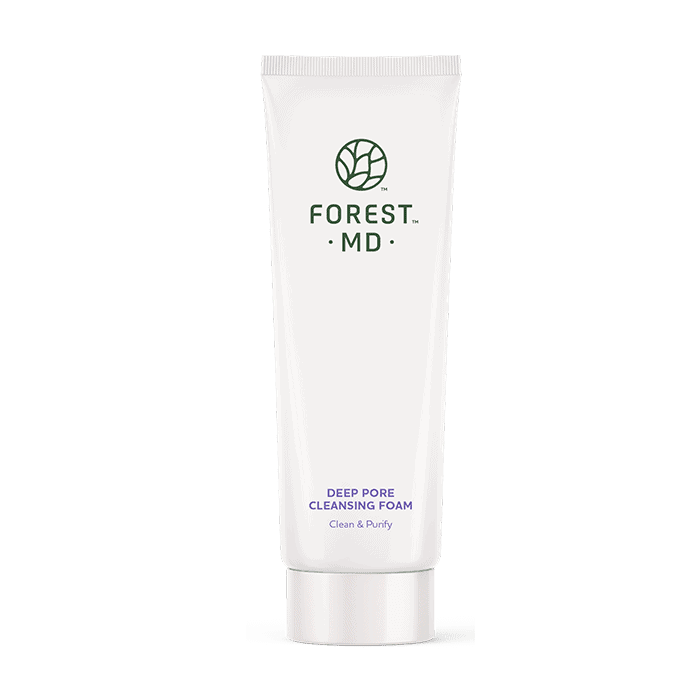
 Shop All
Shop All Best Sellers
Best Sellers Travel
Travel Sets
Sets